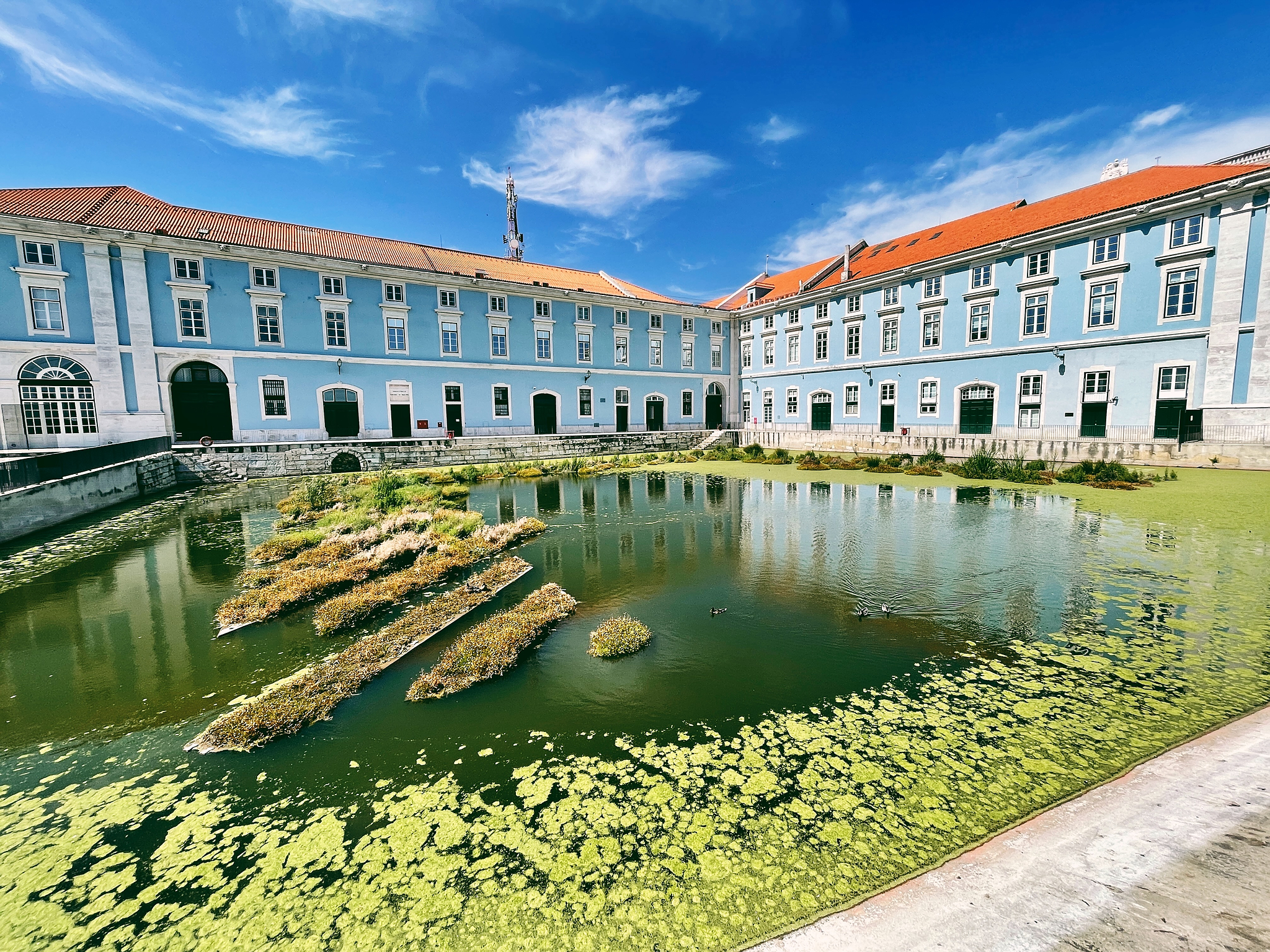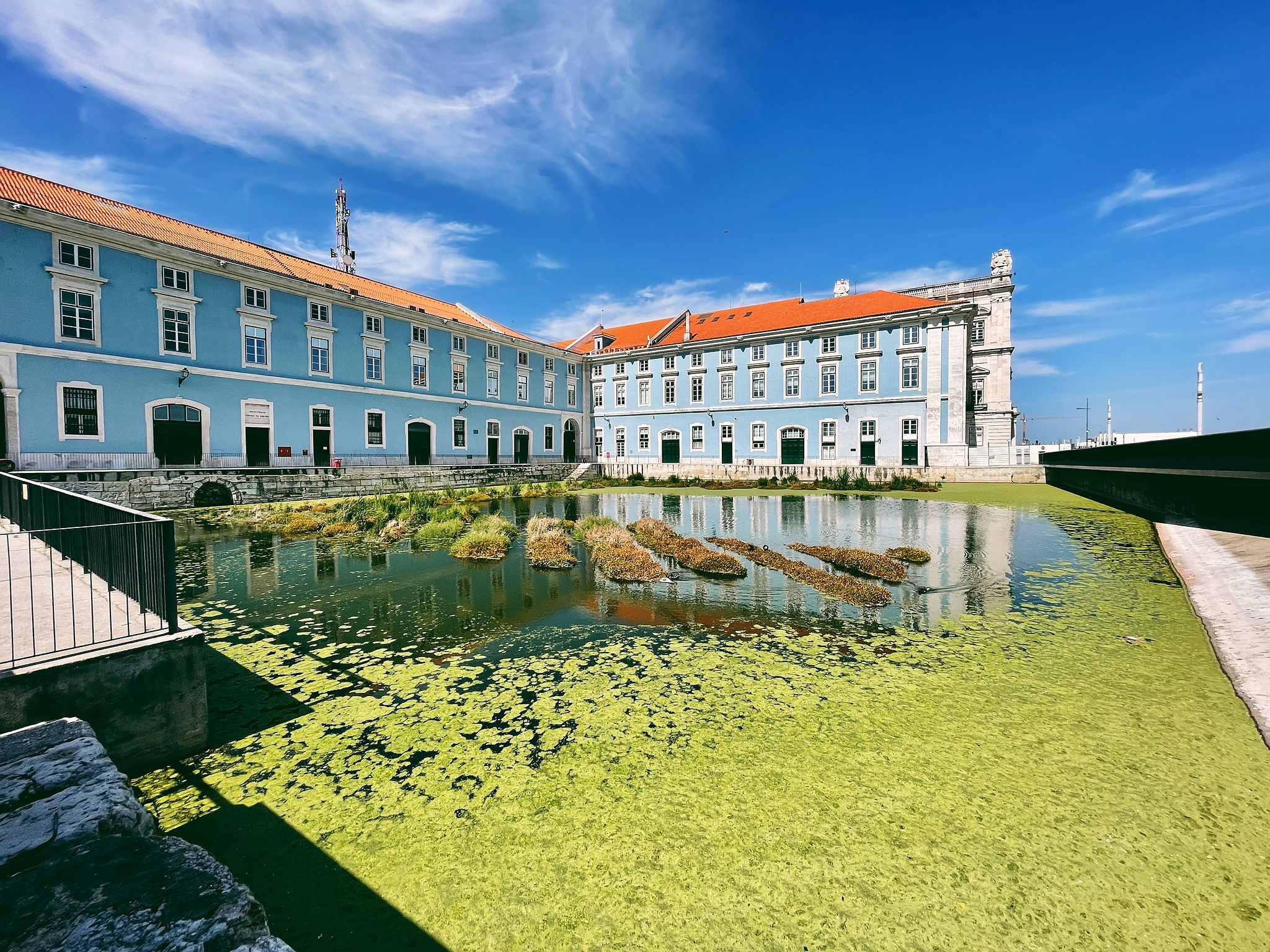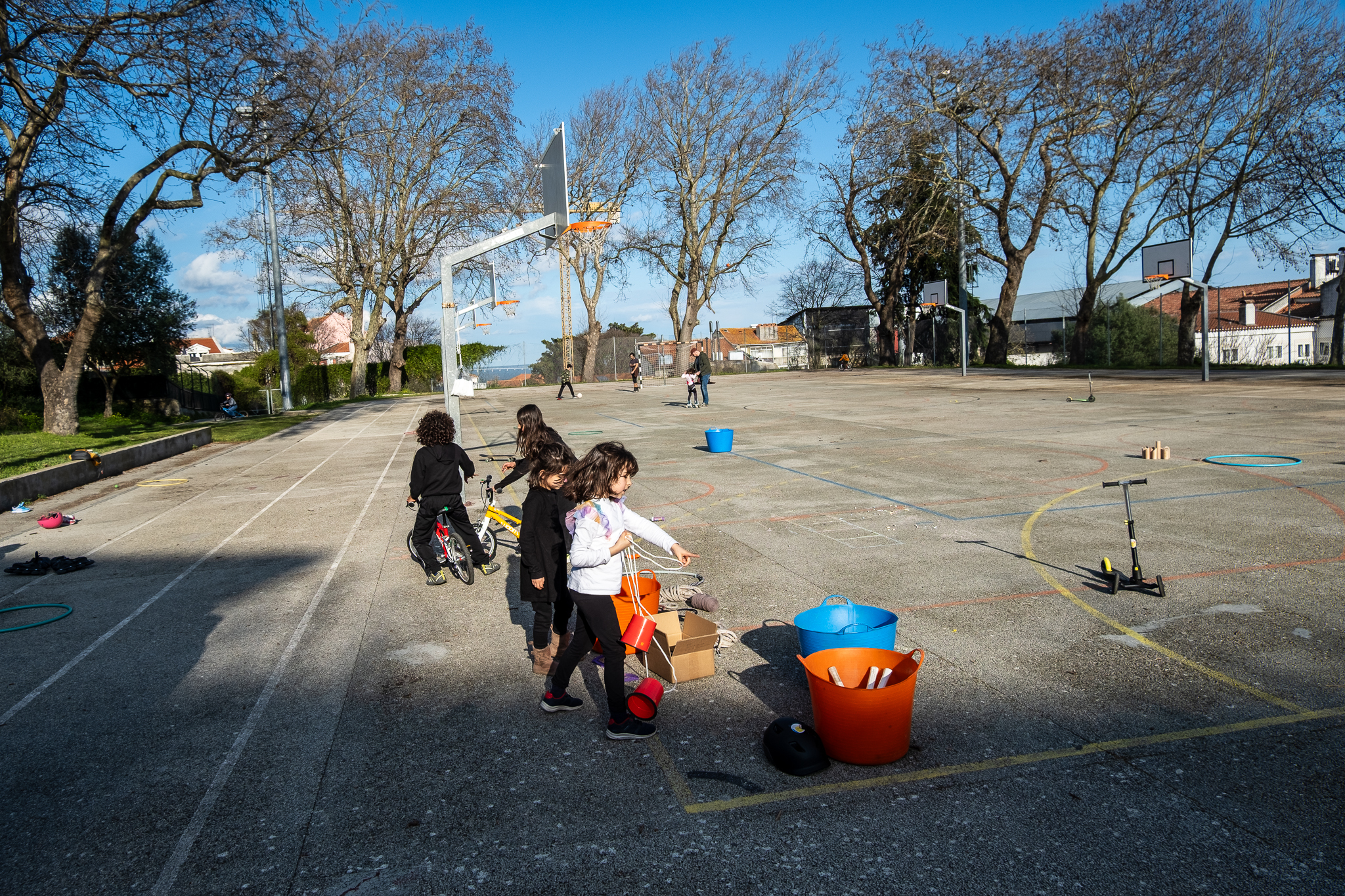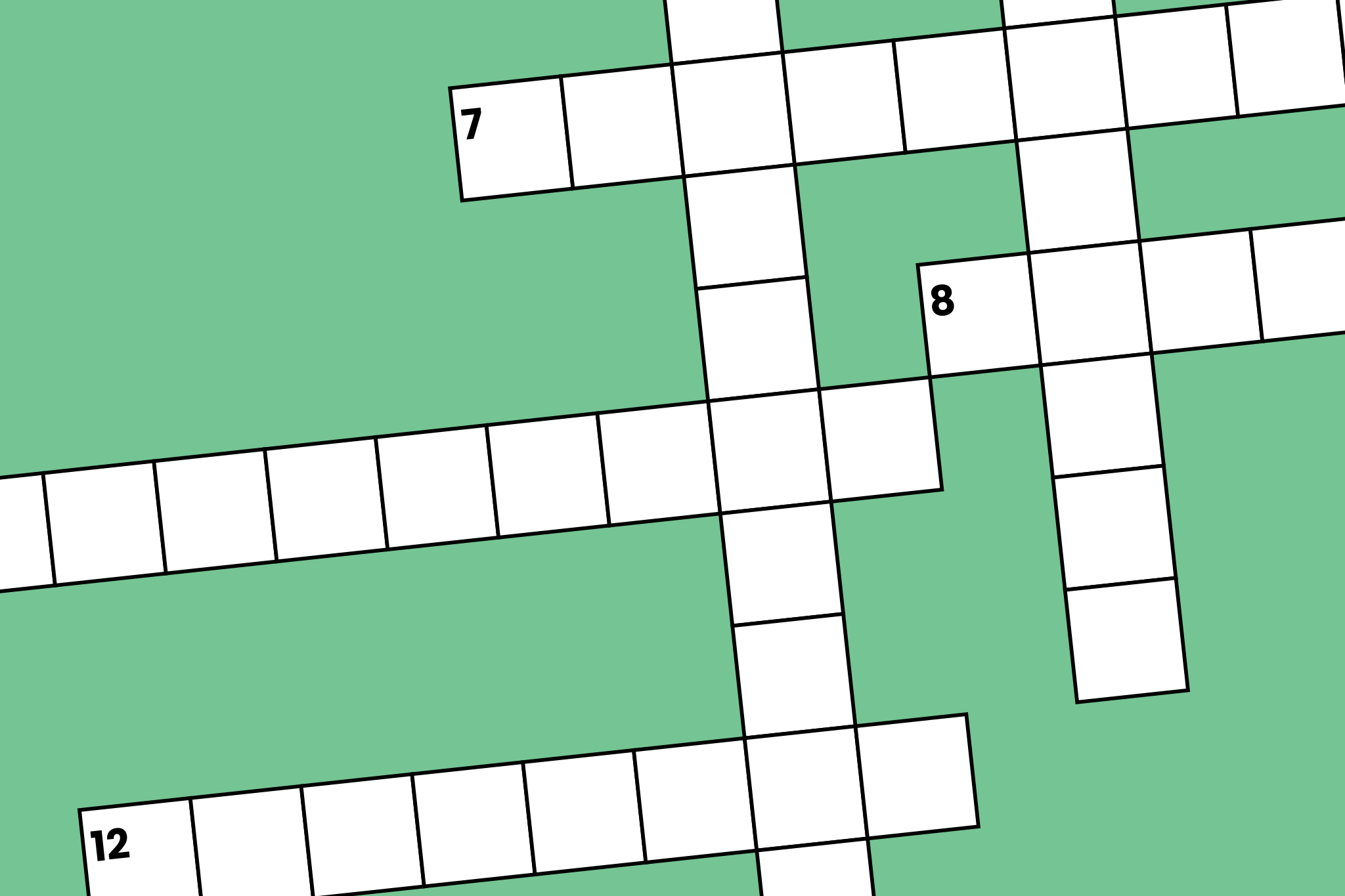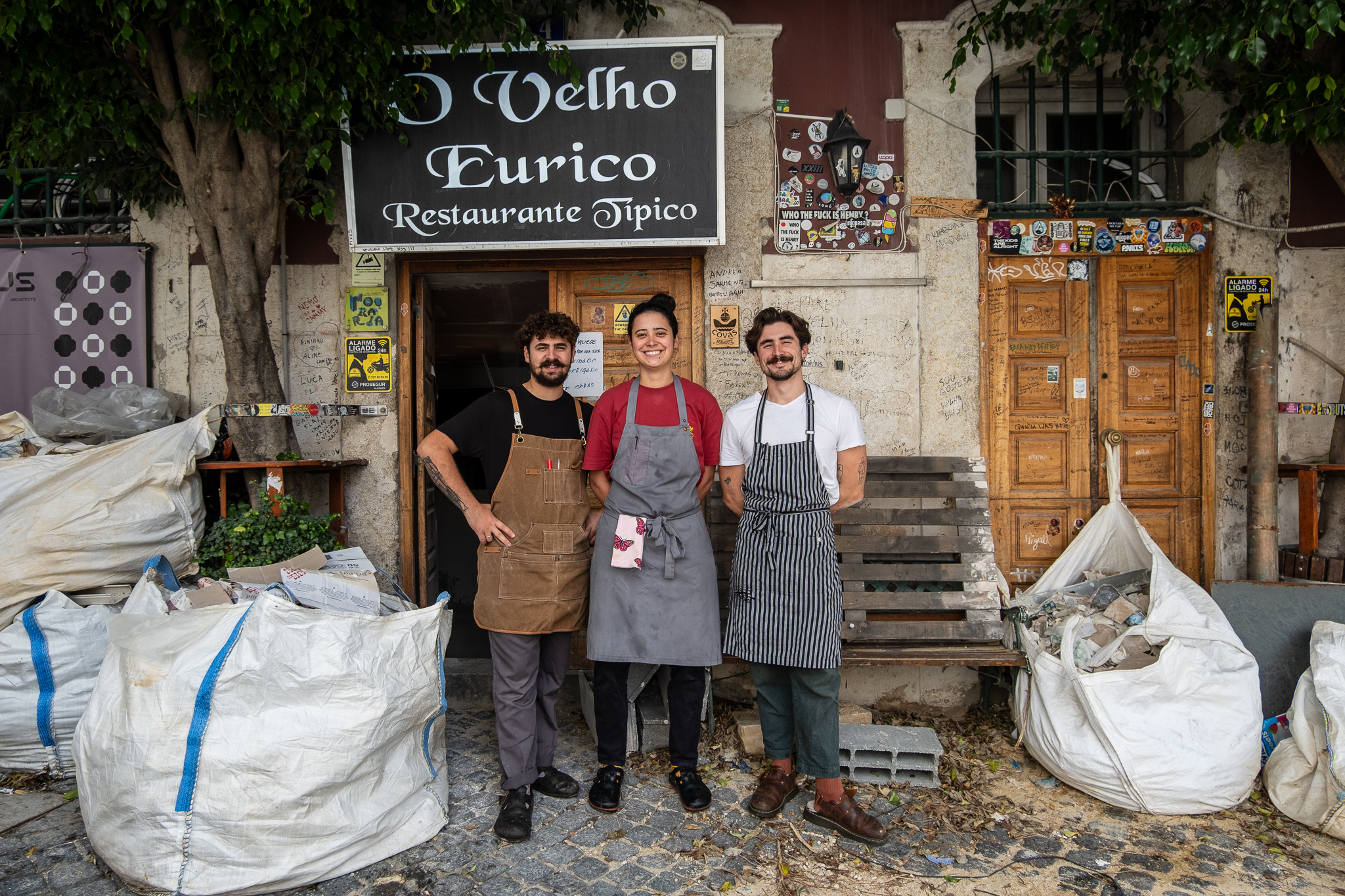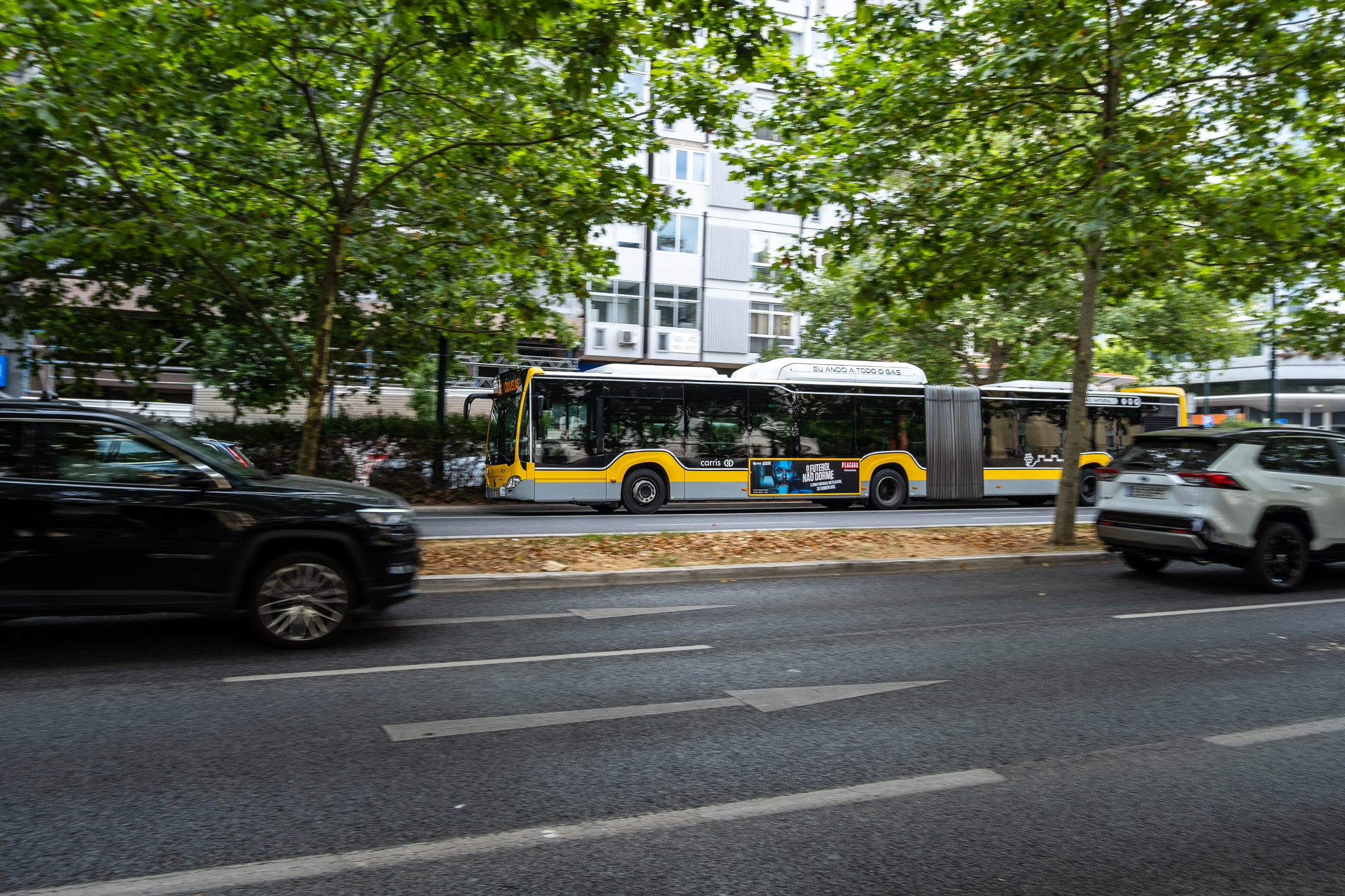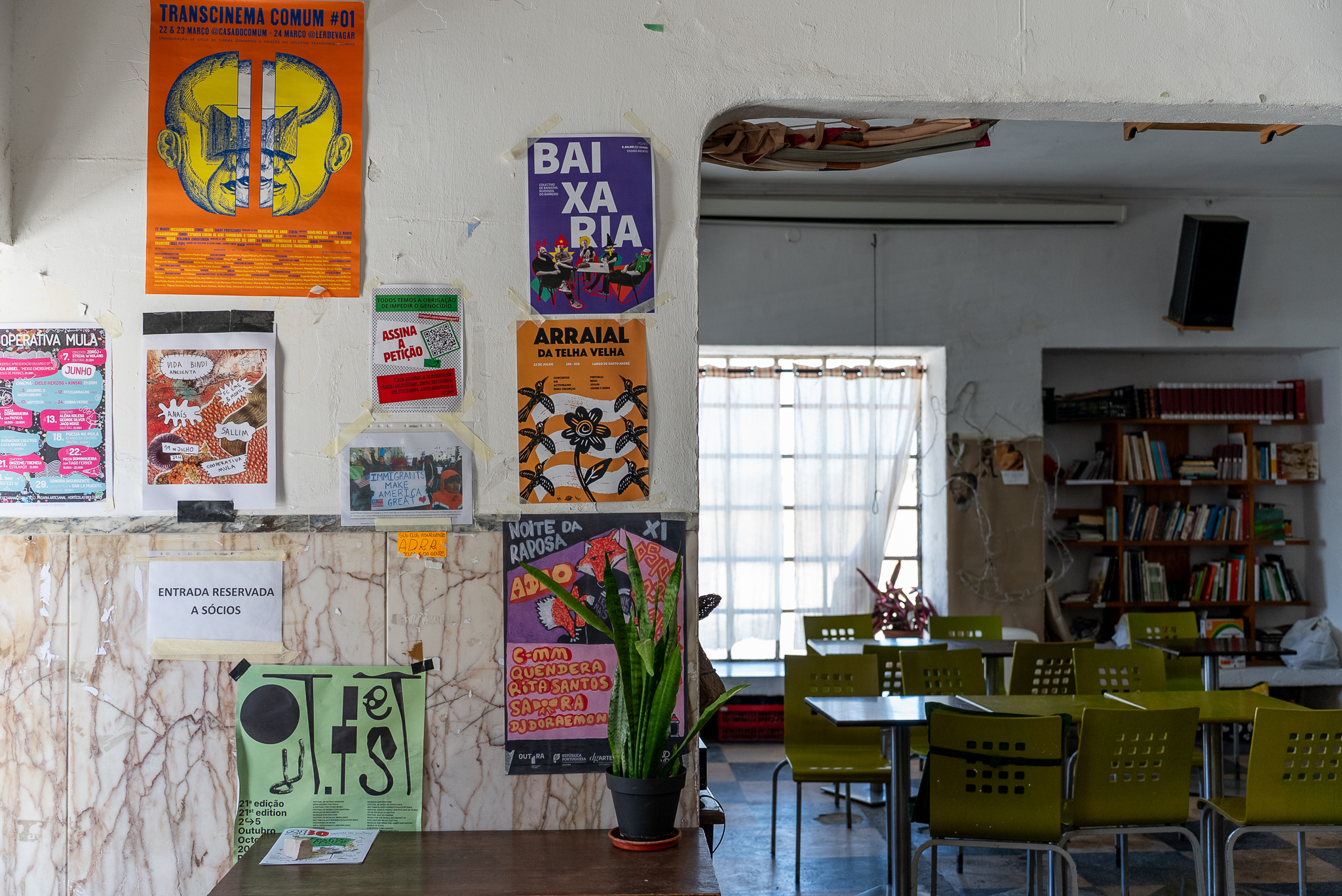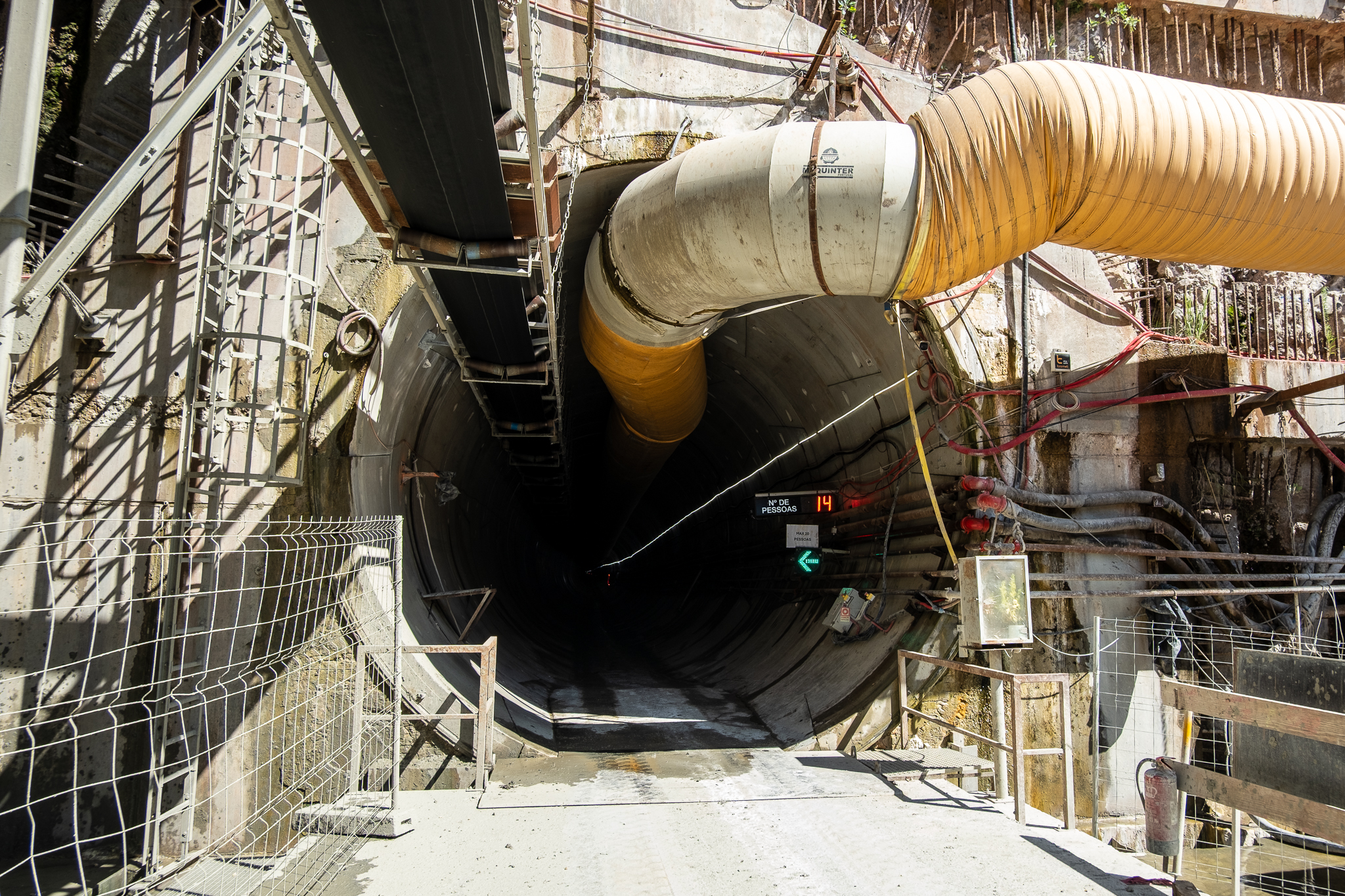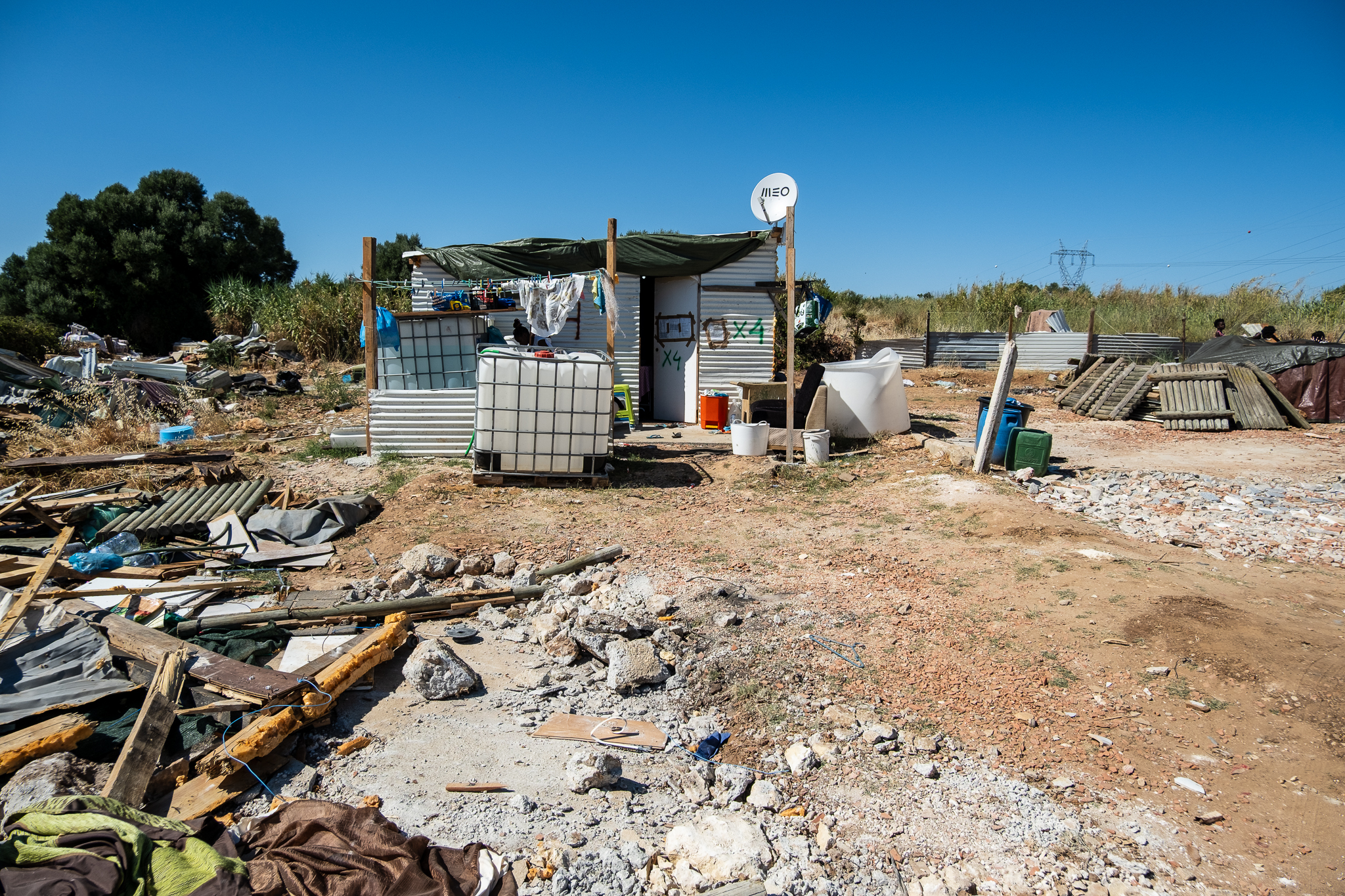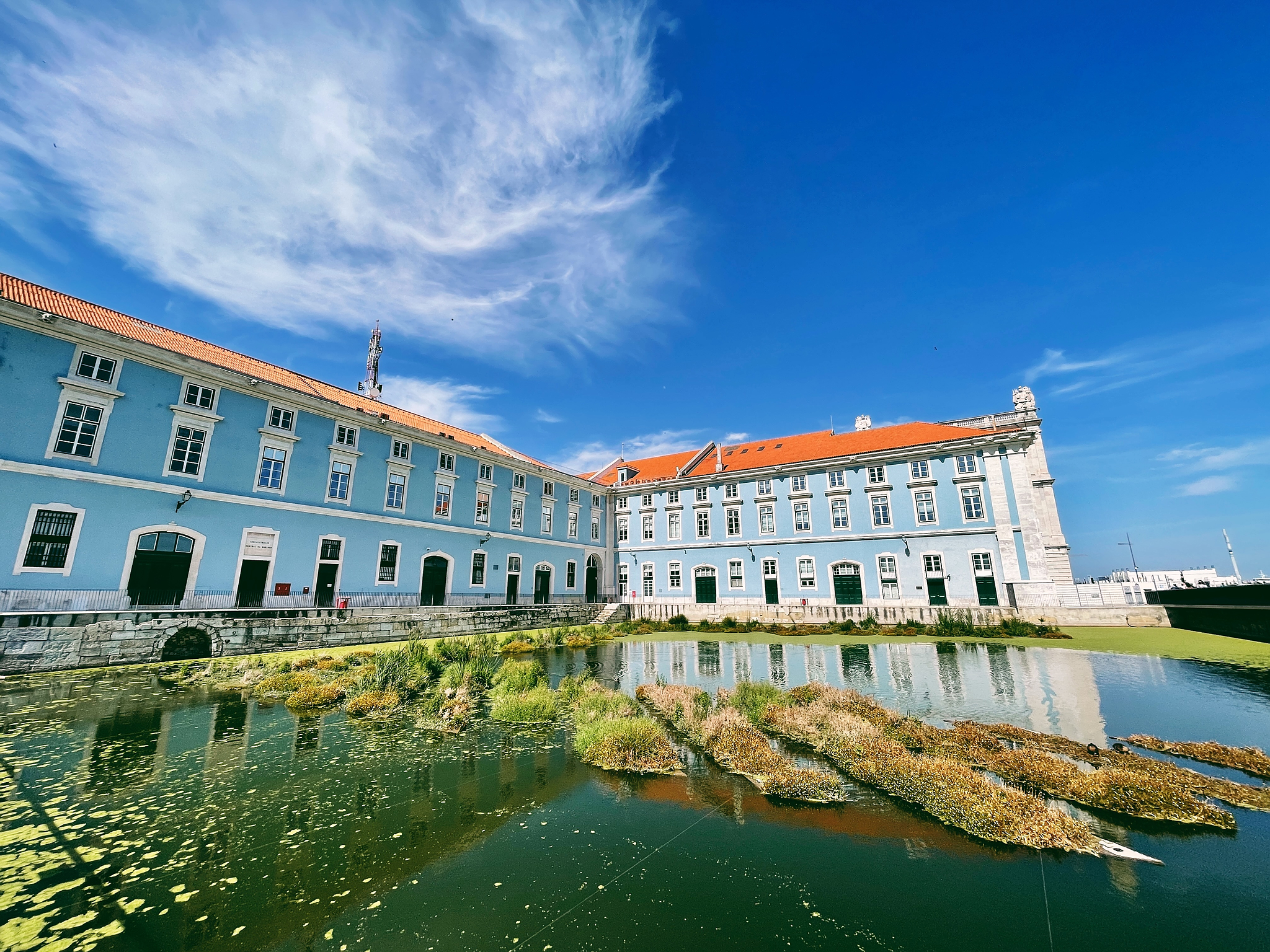
They look good in any photo, but far more important is their role in the ecosystem. A set of floating islands where vegetation grows has become part of the lake at Doca da Caldeirinha, in Ribeira das NausThis allows the water to be purified naturally, without resorting to non-biological mechanisms, and attracts biodiversity.
Next time you pass by Ribeira das Naus, on foot or by bike, don't forget to take a look at Doca da Caldeirinha. There you'll see a small ecosystem that seems to function on its own, without depending on anyone. Several floating platforms made of cork recovered from bottle stoppers allow vegetation to grow which, through its roots, is able to absorb and degrade pollutants, purifying the water. The process is known as bioremediation and is simple, cheap and natural.
Sometimes, the accumulation of organic matter, such as leaves and animal feces, combined with filtration and aeration systems that are not very efficient for the amount of material to be purified, culminates in lakes with dark water. Biological purification (bioremediation) has thus emerged as a natural solution for the city's lakes. In addition to Ribeira das Naus, this technique with biological islands is also being used in the Estufa Fria lake.
In practice, these islands - which can be made up of plants such as pennyroyal, yellow iris, pigeon grass or bulrush. - recreate the natural environment of riverside ecosystems, lagoons, etc., and also attract animals such as ducks and seagulls.
